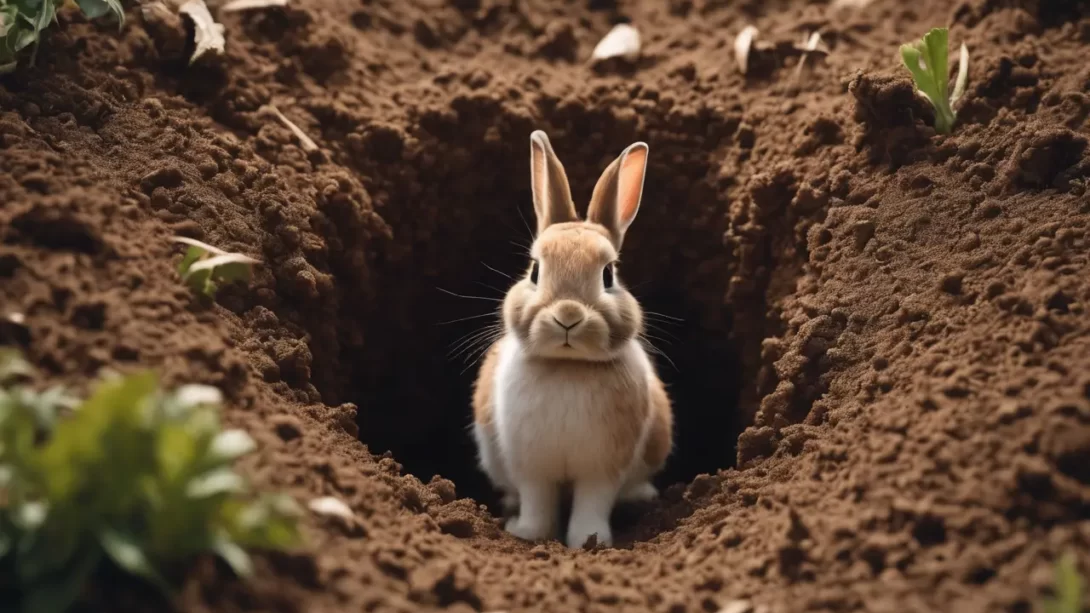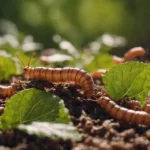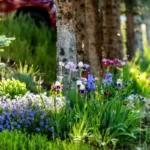Rabbits are a common sight in many natural and suburban landscapes. Understanding their habitats, particularly their burrows, is important for gardeners, homeowners, and wildlife enthusiasts. Recognizing rabbit holes can help in garden planning, wildlife observation, and managing rabbit populations. This article aims to provide a detailed description of what rabbit holes look like, aiding in their identification and understanding.
Rabbit Burrowing Behavior
Rabbits create burrows for shelter, breeding, and escaping predators. Wild rabbits, especially the European rabbit (Oryctolagus cuniculus), are prolific burrowers, known for their extensive warren systems. Domesticated rabbits, on the other hand, usually do not display such extensive burrowing behavior. The size, complexity, and frequency of rabbit burrows can vary based on the species, environmental factors, and the time of year, with some seasonal fluctuations in burrowing activity.
Identifying Rabbit Holes
Rabbit holes are typically round or oval in shape, with a diameter ranging from 10 to 15 centimeters. They are often found in areas with softer soil, like grasslands, fields, and sometimes in gardens. The entrance of a rabbit hole is usually well-rounded and may be surrounded by a small mound of dug-out soil. Unlike some other animal burrows, rabbit holes are generally not covered with leaves or debris.
Differentiating Rabbit Holes from Other Animal Burrows
Distinguishing rabbit holes from those made by other animals is crucial for accurate identification. Here are some key differences:
- Size and Shape: Rabbit holes typically have a diameter of 10 to 15 centimeters and are more rounded compared to the elongated, narrower openings created by voles or the larger, more irregular entrances of groundhog burrows.
- Location: Rabbit burrows are commonly found in open fields, grasslands, and sometimes gardens. In contrast, mole burrows are often indicated by raised ridges and mounds of soil in lawns, while groundhogs prefer wooded or more covered areas.
- Signs of Activity: Look for rabbit droppings, which are small, round, and dark, near the entrance. Rabbit fur or tracks may also be present. Moles and voles leave different types of surface disturbances, and groundhog activity is often marked by larger mounds of excavated earth.
The Ecosystem Around Rabbit Holes
Rabbit burrows can significantly impact the local ecosystem. Around these burrows, you may find specific types of vegetation that rabbits feed on, such as clovers, grasses, and young shoots. Additionally, rabbit burrows can provide shelter and habitat for other wildlife, contributing to biodiversity.
However, in some residential areas or gardens, the presence of rabbit burrows can lead to conflicts, as rabbits may feed on ornamental plants, vegetables, and flowers. Understanding the ecosystem dynamics surrounding rabbit holes is essential for effective and ethical wildlife management.
Safety and Management Considerations
When encountering rabbit holes, it’s important to approach them with caution. Avoid disturbing the burrows, as they are crucial shelters for rabbits, especially during breeding seasons. For gardeners and homeowners, managing rabbit populations in a humane and ethical manner is essential to minimize potential conflicts.
- Safety Precautions: While rabbit holes are not typically dangerous, they can pose a tripping hazard in gardens and lawns. Regularly inspect your yard for new burrows, especially if children or the elderly frequent the area.
- Managing Rabbit Populations: If rabbits are causing significant damage to your garden, consider humane deterrents. Fencing around vegetable patches or ornamental gardens can be effective. Planting rabbit-resistant plants is another sustainable strategy. Avoid using harmful methods or chemicals, as these can negatively impact not only rabbits but other wildlife and the environment.
- Ethical Considerations: Always prioritize humane and non-lethal methods of wildlife management. Remember that rabbits are a part of the local ecosystem and play a role in its balance. Consider consulting wildlife professionals for advice on managing rabbit populations in your area.
Conclusion
Identifying and understanding rabbit holes is more than just a matter of curiosity; it’s an important aspect of coexisting with local wildlife. Recognizing the signs of rabbit habitation can help in making informed decisions about garden management and wildlife interactions. By approaching these situations with knowledge, caution, and respect for nature, we can maintain a harmonious balance between our outdoor spaces and the animals that inhabit them.
Rabbits, with their intricate burrowing behavior, contribute significantly to the biodiversity and health of ecosystems. As we continue to share our environments with wildlife, it becomes increasingly important to adopt responsible and sustainable practices in our gardens and local landscapes. In doing so, we not only protect the wildlife but also enrich our own experiences with the natural world.




